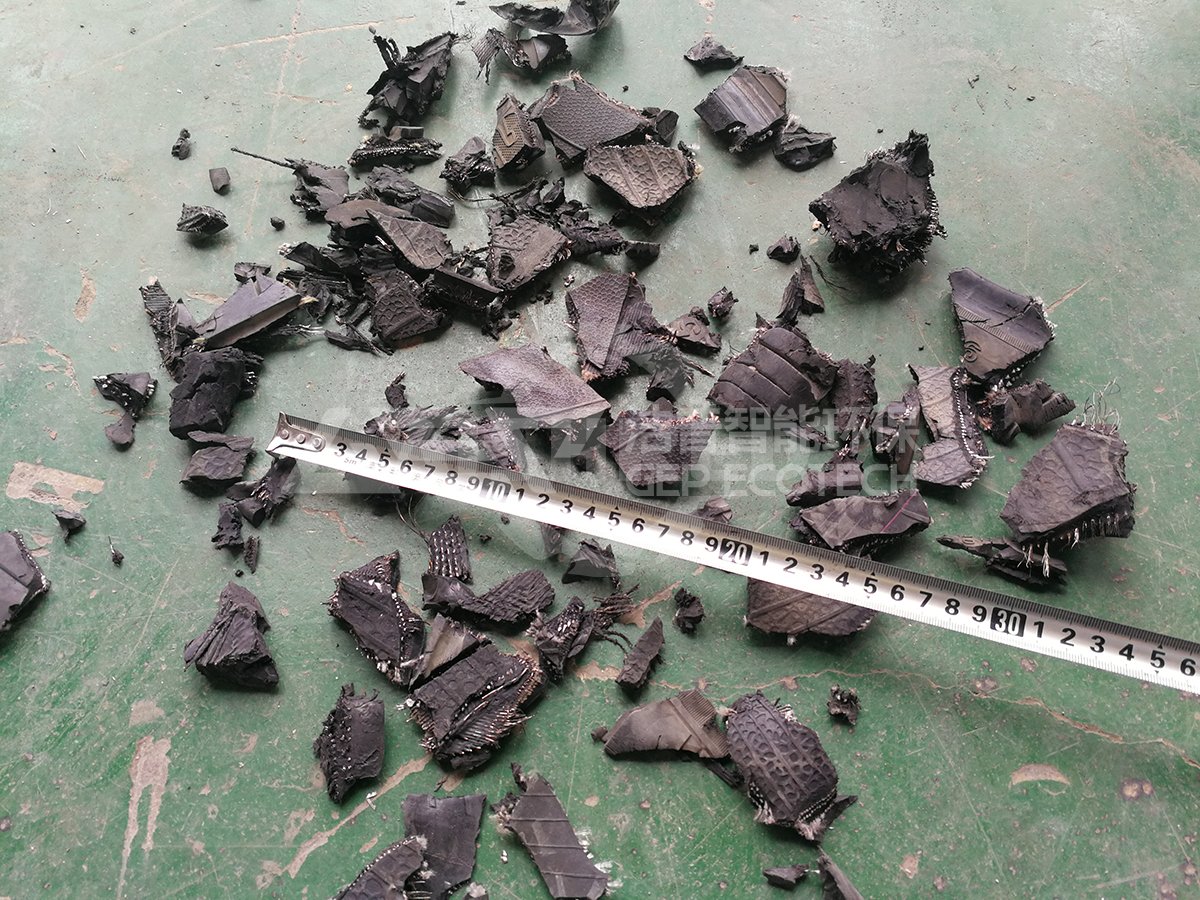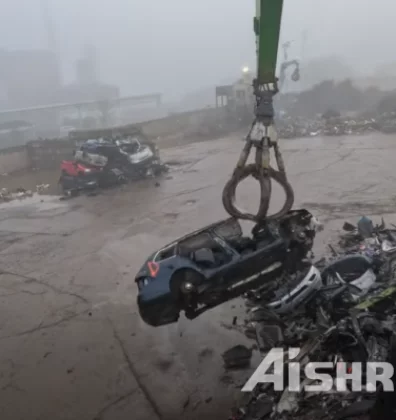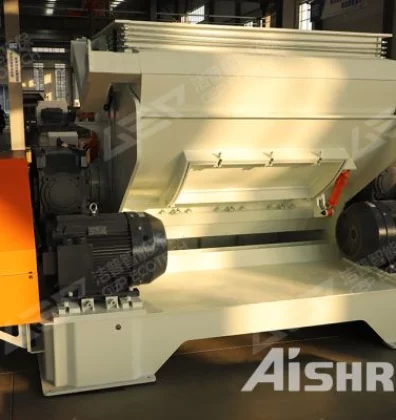The disposal of used tires represents a significant environmental challenge worldwide. Tire shredding is a fundamental solution to this problem, transforming end-of-life tires into valuable materials for various industries. This process not only helps in managing waste efficiently but also contributes to reducing the ecological footprint of tire disposal.
Understanding Tire Shredding
Tire shredding is the process of breaking down used tires into smaller, manageable pieces. These pieces can then be repurposed for a variety of applications, ranging from rubber mulch for landscaping to crumb rubber for athletic tracks and fields. The process involves several stages, each designed to reduce tires to a specific size and remove contaminants such as metal wires and synthetic fibers.

The Tire Shredding Process
- Collection and Pre-processing: The initial step involves collecting the used tires and preparing them for shredding. This may include inspecting tires for any reusable qualities or removing rims and other non-rubber components.
- Primary Shredding: Tires are first introduced into a primary shredder, where they are cut into large strips or chunks. This stage reduces the tires to a more manageable size for further processing.
- Secondary Shredding: The chunks from the primary shredding are then fed into a secondary shredder. This machine further reduces the material into smaller pieces, often ranging from 2 inches to 6 inches in size.
- Granulation and Grinding: For applications requiring finer materials, the shredded tire pieces undergo further reduction through granulation or grinding. This process breaks down the rubber into small granules or powder, removing steel and fiber along the way.
- Screening and Classification: After shredding and granulation, the material is screened to separate it into different size fractions. This classification allows for the rubber to be sorted according to the requirements of various end-use applications.
- Metal and Fiber Removal: Throughout the shredding process, magnetic separators and air classifiers are used to remove metal wires and synthetic fibers from the rubber, ensuring a clean end product.
GEP ECOTECH Tire Shredding Plant
Applications of Shredded Tires
Shredded tires find numerous applications in different sectors:
- Rubber Mulch for landscaping and playground surfaces.
- Crumb Rubber for sports fields, athletic tracks, and as an additive in asphalt.
- Fuel in cement kilns and power plants, where it is used as a cleaner alternative to coal.
- Civil Engineering Applications such as road and landfill construction materials.
Tire shredding is a vital component of modern waste management and recycling efforts. Through the efficient breakdown and repurposing of used tires, this process plays a critical role in environmental conservation and resource recovery. With continuous advancements in shredding technology, the potential applications and benefits of recycled tire materials are expanding, offering sustainable solutions to the global tire disposal challenge.



